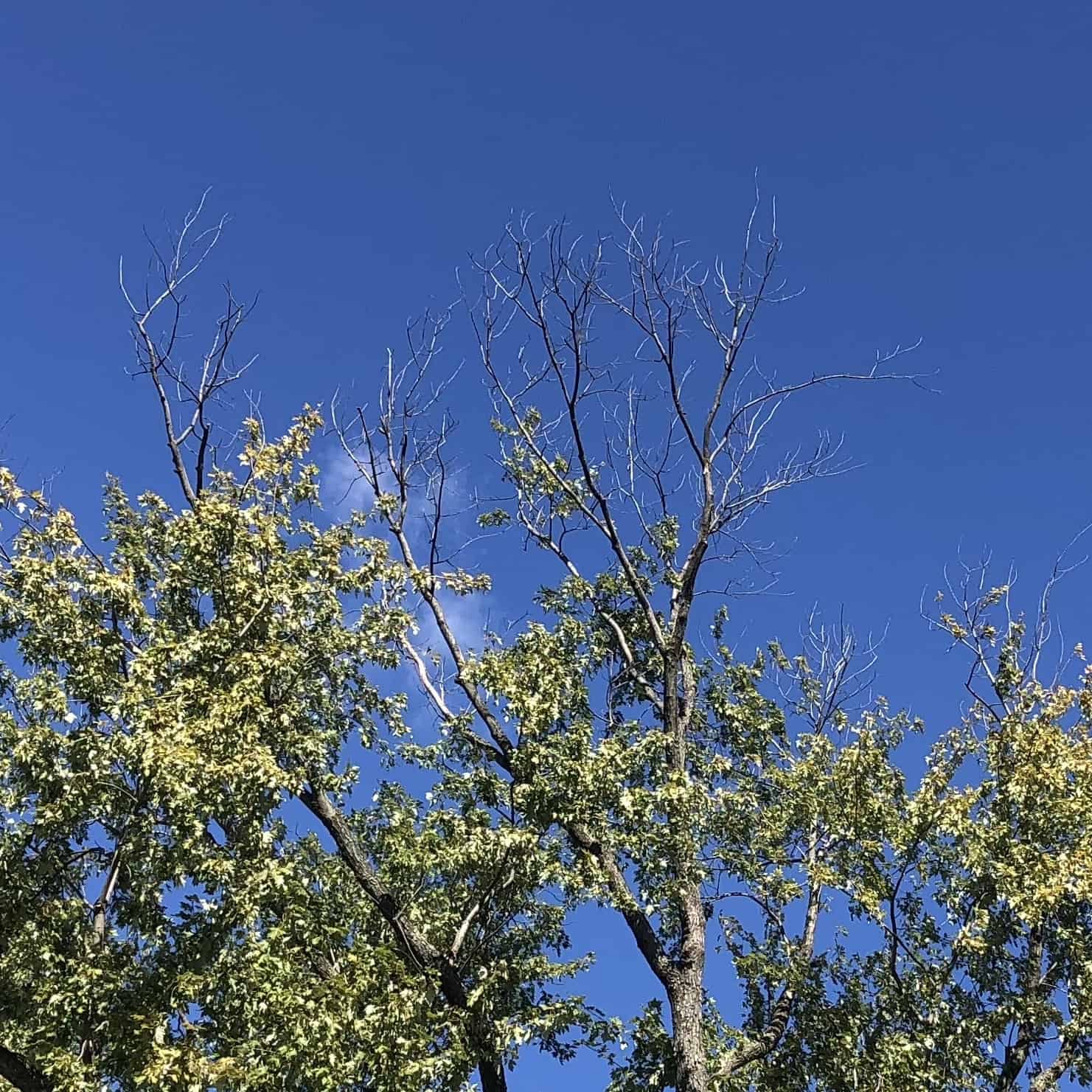Deadwood is usually a natural process. Trees get injured or stressed and limbs become susceptible to pests or they rot. Lightning strikes cause parts of the tree to die too. Read below to find out when and why deadwood removal is appropriate.
Reason #1
We remove deadwood to keep an area safe. Falling dead branches can cause injury to people and damage to structures. We can’t prevent all accidents, but it is important to periodically survey your trees for the presence of deadwood. Even small branches can cause significant damage or pose a threat to safety. Working with a tree care specialist to determine which branches should be removed is a critical element of tree maintenance.
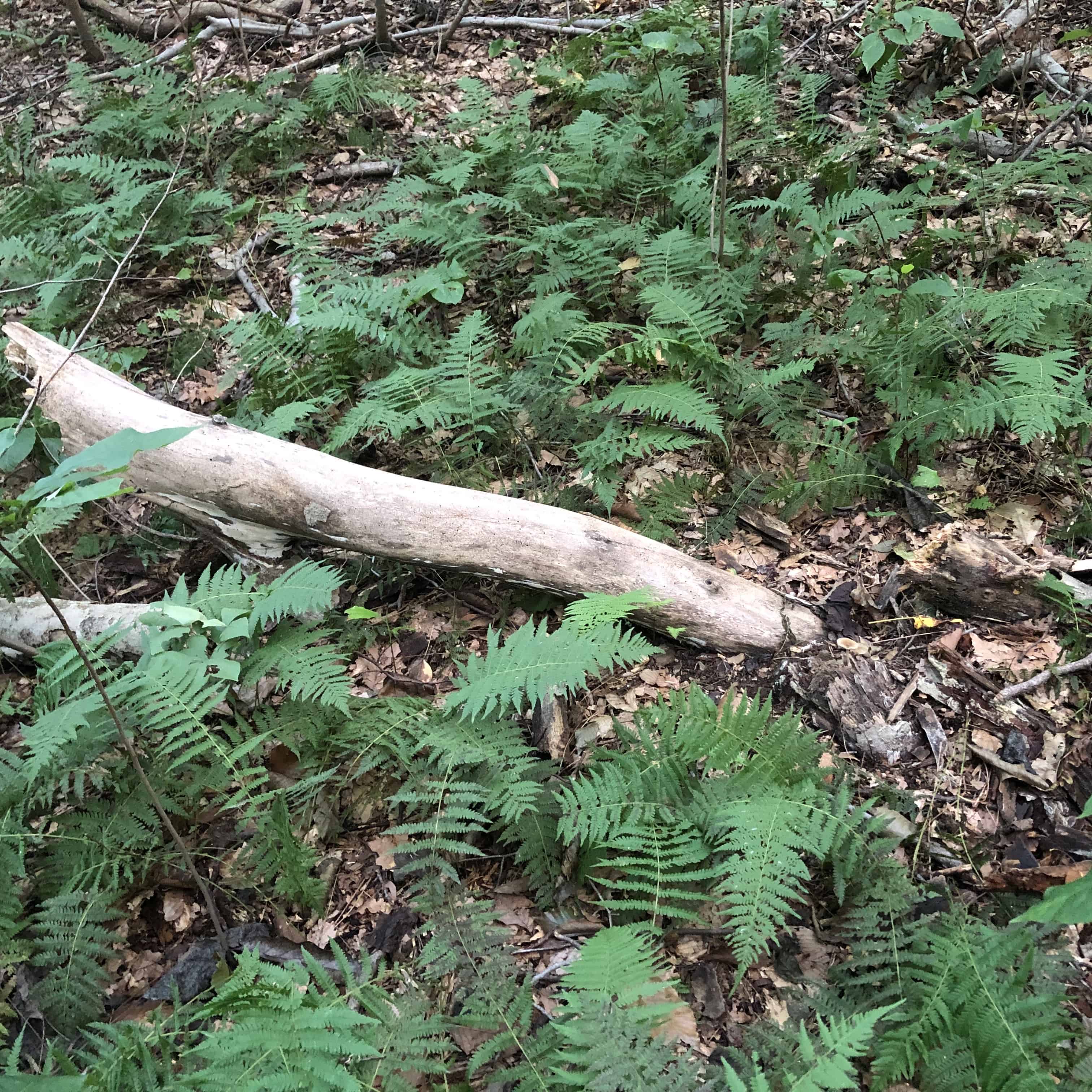
Reason #2
We also remove deadwood to decrease the risk of disease and /or fungus spreading. Fungi, decease and pests love deadwood. Once they establish themselves in the deadwood, they can spread to live wood if not removed. Pruning dead branches ensures that these unwanted pests don’t invade healthy tissue. Cuts need to be in healthy wood to avoid leaving unwanted pests behind.
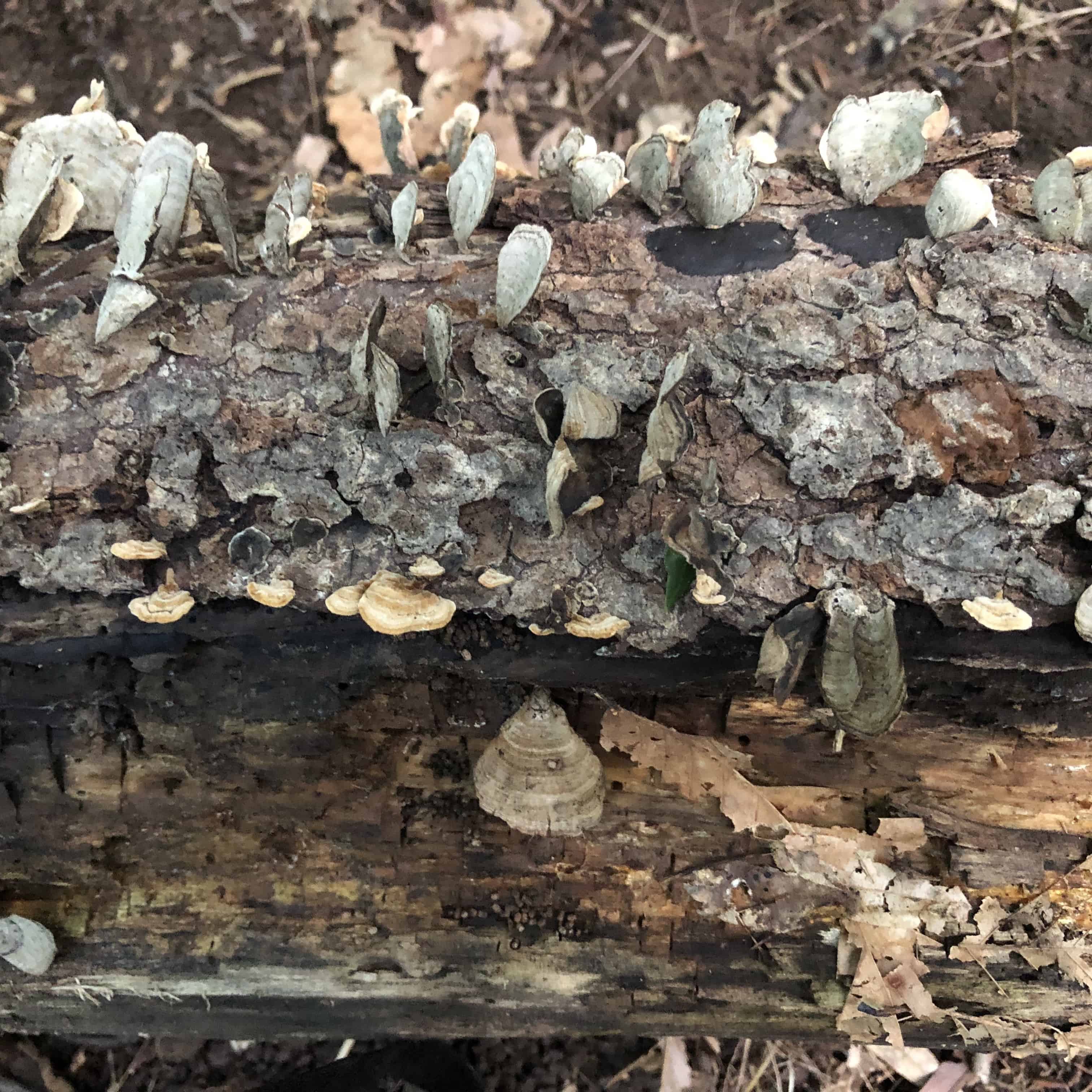
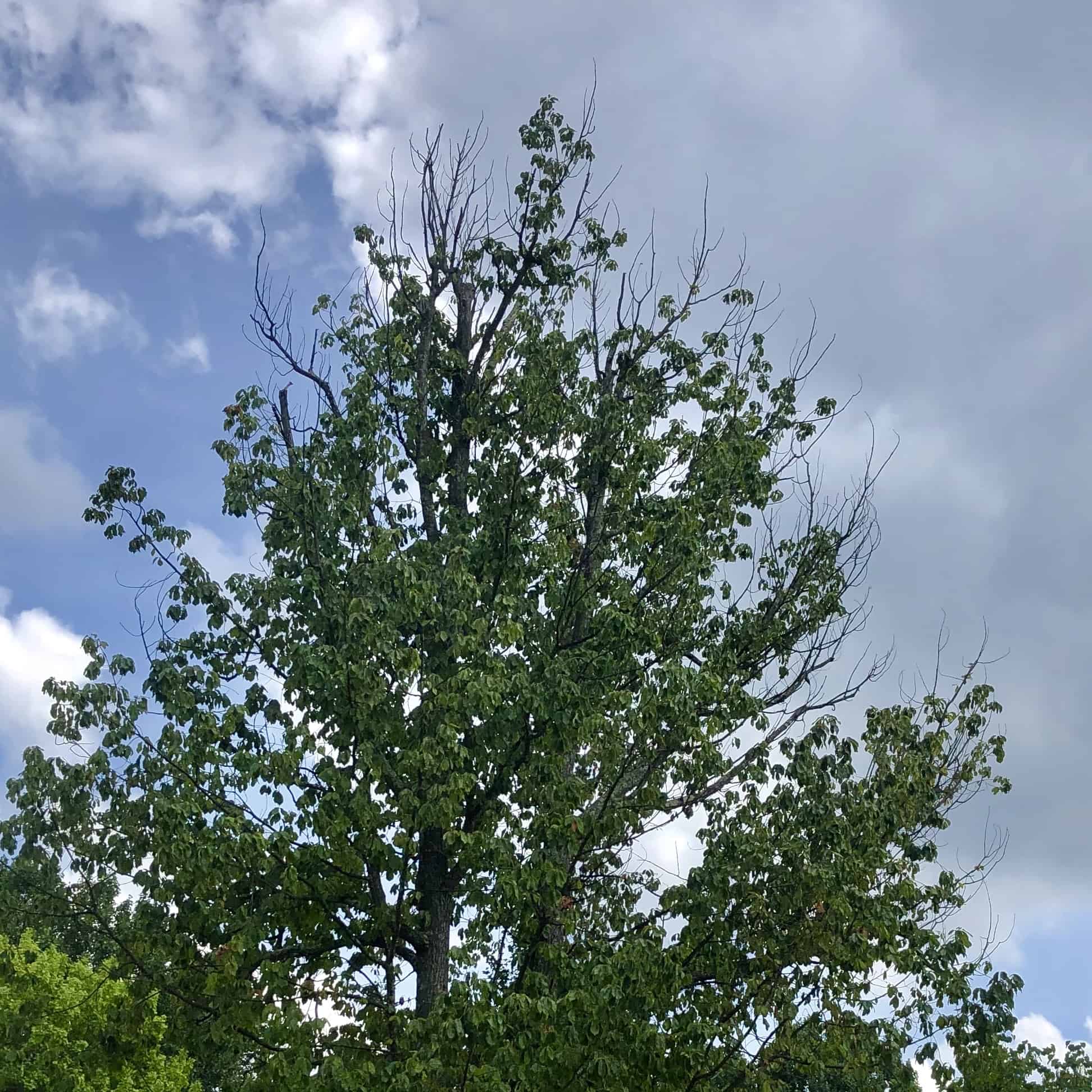
Is the cost worth the benefit?
It is important to determine if the tree is healthy. Of course, there are many factors that determine the health of a tree. Guidelines for trimming green off healthy plants is to only trim 10% off a mature healthy tree. If you remember your biology lessons, the green leaves produce food for the tree. Without them, the tree can’t survive. If more than 10% of a tree is dead, it is worth having a professional help you decide. Sometimes deadwood removal can be costly; especially if it is done correctly.
In addition to the deadwood, the leaves on the tree in the photo are droopy. This could indicate more extensive underlying problems impacting the health of the tree.
Other factors
There are other things to also take into consideration. What will the tree look like a tree after the deadwood is removed? One thing to remember is dead branches don't come back to life. If aesthetics aren’t a priority then tree safety and balance should be. If the deadwood removal results in significant structural changes, then the tree maybe unstable or unbalanced, which causes potential safety issues.
The tree in this photo has a moderate amount of deadwood. The left side looks like it previously sustained storm damage which may have contributed to the brach dying. The top of the right side is also dead. This tree is unbalanced and susceptible to more damage.
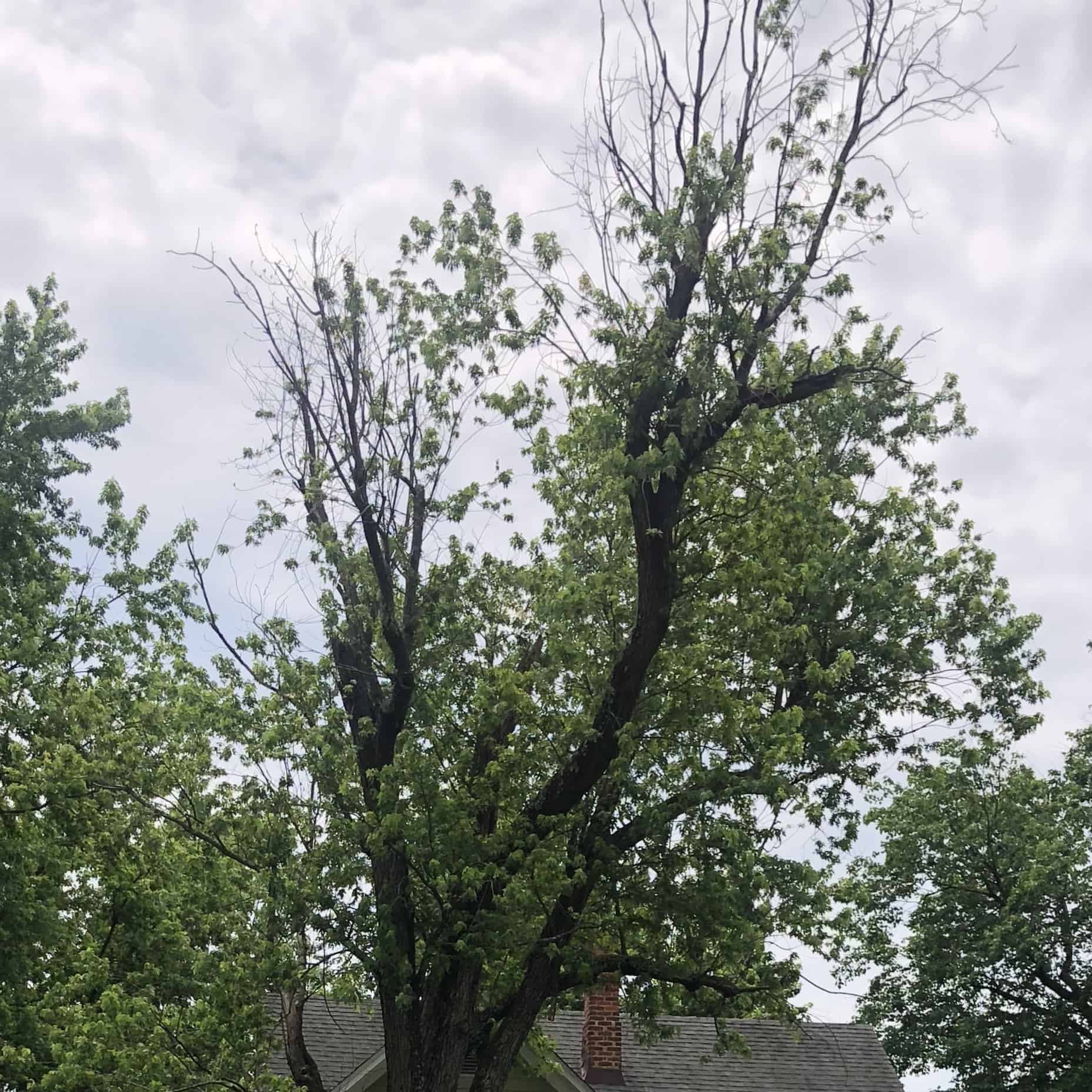
Takaway:
Falling deadwood is a safety hazard. When extensive deadwood is present, trees should be evaluated before spending money to remove deadwood.
Reference:
Forty one years of field experience and common sense.
